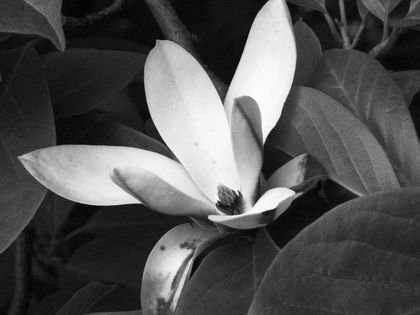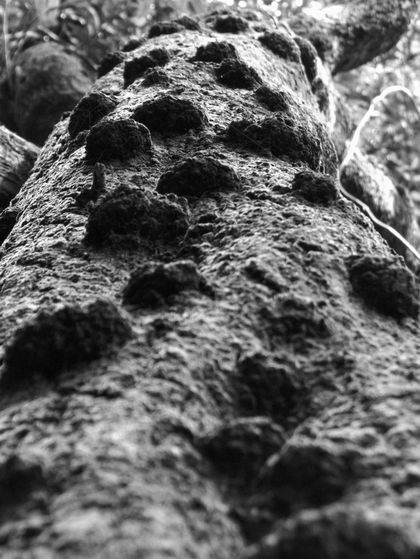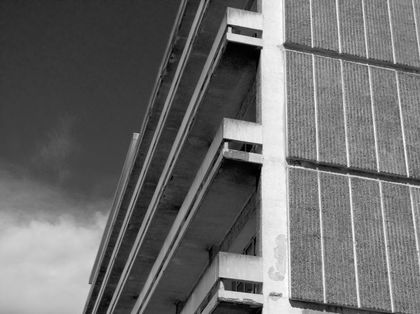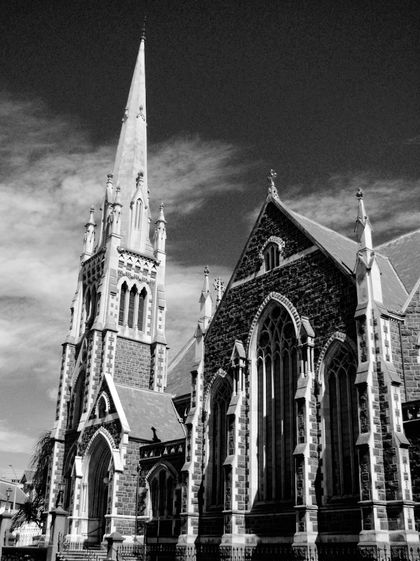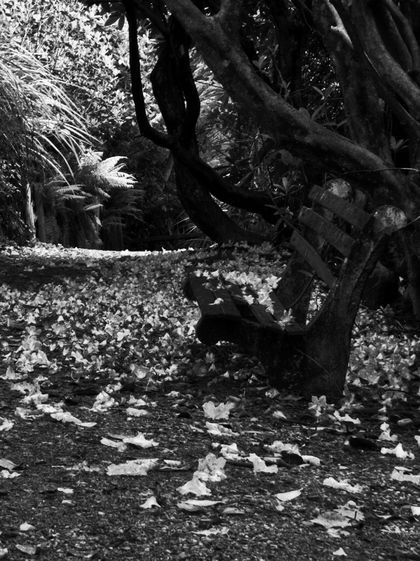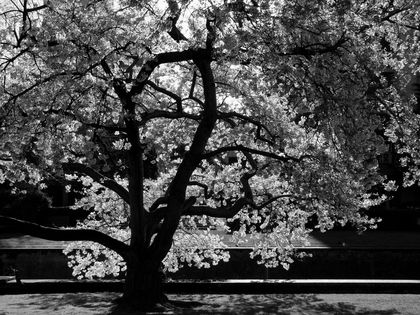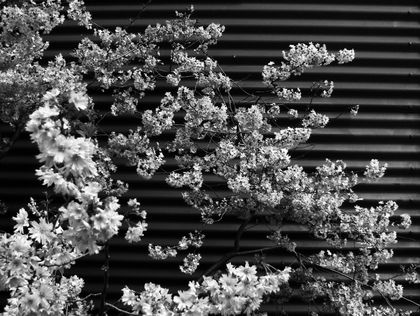Posts by David Hood
Last ←Newer Page 1 2 3 4 5 Older→ First
-
I'm not sure any level of subsidy is going to make up for the changes in relative purchasing power of the South African Rand vs US dollar compared to to New Zealand dollar vs US dollar.
From the outside, it does sound like a very similar set of problems to other manufacturers for export for whom the high dollar has been really hurting. the Buzzy Bee TV approach has certainly been used by some in that sector, for the IP holder to survive and grow when the local production can't compete with offshore.
Now, a stable lower dollar is certainly not a political priority at the moment, so I reckon we are in survival strategies territory, which in other exporters seems to be a mix of niche value added stuff people in other countries can't do (depends on expertise, guaranteed deliverables (reliability), and controlling IP used in the production process) and extreme cost control (here is a radical question, for the reasons that NZ tries to sell itself- the fact that production can be done here and shipped electronically- is there any reason that the production centre has to be in Auckland with the attendant high costs of living and operating?)
And, speaking as someone who the only TV I've watched this year was the Almighty Johnsons, while the question of support to culture overlaps the screen industry, that is an area that also ties into other support of the arts. -
Glad to here you find it useful. The crop is a button at the top of the window- and a separate button for rotating the crop area. Changing the resolution is done when you use the export command.
You are basically stacking layers on top of the original image cumulatively changing the picture (and these layers can be semi-seethrough to lessen their effect). You can either add you layers from scratch with the buttons on top the current layers area on the right right, or use the presets from the left hand side. -
I didn't see it linked, but here is the M.E.D. 2012 discussion paper of the screen industry (discusses the prior Oxford one in the course of it)
-
Capture: Two Tone, in reply to
when (if?) my lightzone approval
I seem to recall mine taking a couple of days.
-
-
If the .nef to GIMP process is like other raw forms, then it may (effectively) be doing a jpg conversion as it imports, so you want if possible to make as many of the tone adjustments as you can as part of the import process (when you have all the data), then you are just tweaking a bit in GIMP.
That said, I'll make another plug for Lightzone, as I understand the open source raw processing it uses supports nef
http://lightzoneproject.org -
-
-
-
Capture: Two Tone, in reply to
Yes (probably). While most image editing programs have gotten pretty good at guess what colour to make the dots if you stretch an image bigger (up to a point), they are nowhere near as clever about stretching out the range of tone, just repositioning the existing tone values along the new scale in a pretty blunt manner. Because raw (or any high bit colour format) has extra detail you can't see, stretching it out just the detail in that section. It is like if I I have 3,4,4,5 and double them I get 6,8,8,10 but if I have 3 (really 3.4 rounded for display), 4 (really 3.8), 4(4.3) and 5 (4.6) and double them I get 7 (6.8), 8 (7.6), 9 (8.6), and 9 (9.2).
